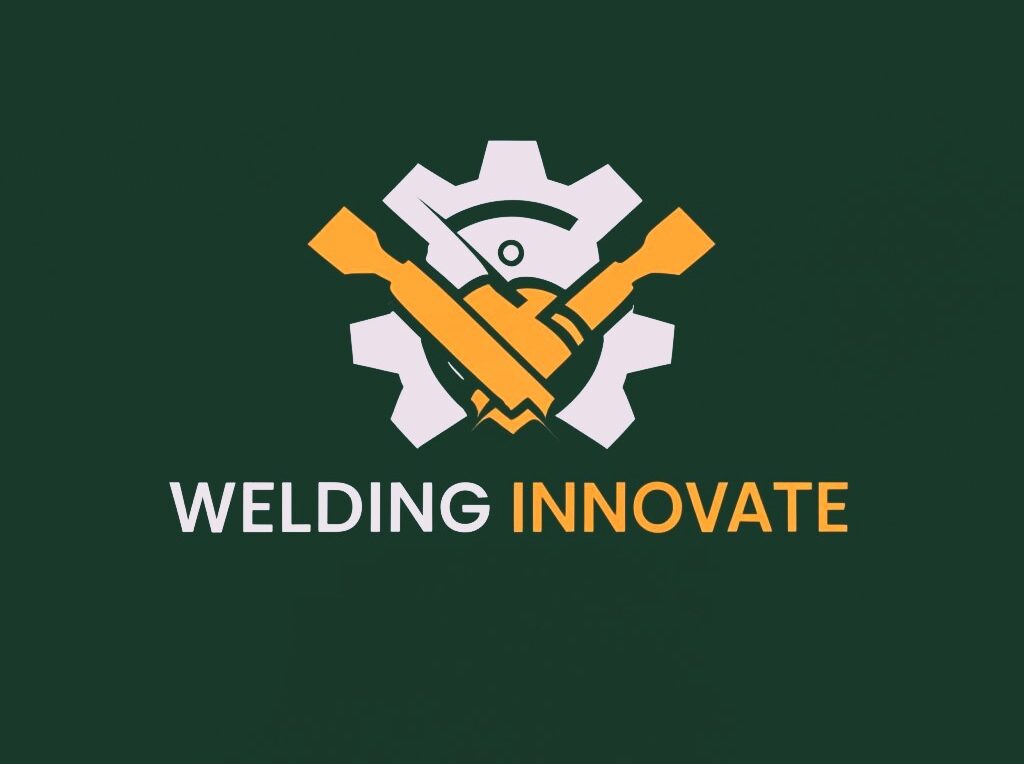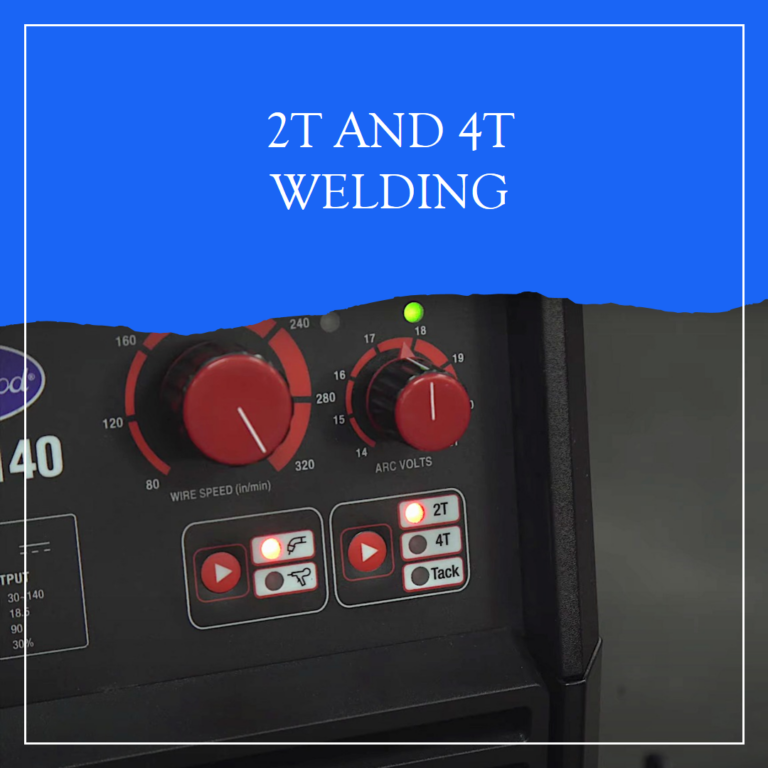Brazing aluminum is a useful technique for joining aluminum parts. It creates strong, sealed joints by melting and flowing a filler metal into the joint clearance. Here is a step-by-step guide to brazing aluminum.
Materials Needed
The main materials needed for aluminum brazing include:
- Torch (small propane or oxy-acetylene)
- Brazing rods
- Flux (paste or liquid)
- Safety equipment
- Cleaning supplies
| Type | Examples |
|---|---|
| Torch | Propane torch, oxy-acetylene torch |
| Brazing rods | 4043, 4145, 4045 aluminum brazing rods |
| Flux | Brazing paste flux, aluminum brazing flux |
| Safety equipment | Fire-resistant clothing, gloves, goggles |
| Cleaning supplies | Solvents, sandpaper, wire brushes |
Step-by-Step Process
Follow these key steps when brazing aluminum:
- Surface Preparation
- Remove any dirt, oil or residue
- Use solvents and abrasives to fully clean the surface
- Assembly
- Ensure proper fit-up and clearances
- Heating
- Broadly heat entire assembly
- Heat all around the joint
- Applying Flux and Filler Metal
- Dip brazing rod into flux
- Carefully flow filler metal into joint clearance
- Cooling and Inspection
- Allow slow cooling
- Visually inspect the joint
| Steps | Key Points |
|---|---|
| 1. Surface Preparation | Remove contaminants; degrease/abrade surfaces |
| 2. Assembly | Proper clearances to allow capillary flow |
| 3. Heating | Heat entire area surrounding the joint |
| 4. Applying Flux and Filler Metal | Coat rod in flux; flow metal into joint |
| 5. Cooling and Inspection | Slow cool; inspect for defects |
Brazing vs Welding Aluminum
| Parameter | Brazing | Welding |
|---|---|---|
| Process | Joining metals using filler metal that melts below the base metals | Joining metals by melting the base metals and allowing them to flow together |
| Base metal melting | Base metals do not melt | Base metals are melted during welding |
| Filler metal melting point | Below melting point of base metals | Approximately same as base metals |
| Heat input | Lower | Higher |
| Joint strength | Lower | Higher |
| Distortion | Less | More |
| Applications | Thin sections, small parts | Thicker sections |
Joining Process
- Welding – Base metals fused using heat and pressure
- Brazing – Filler metal with lower melting point flows between base metals
Heat Requirement
- Welding requires higher heat input
- Brazing uses lower temperatures
Strength of Joint
- Welded joints are equal or higher strength than base metals
- Brazed joints are strong, but not as strong as the base metals
You highlighted that welding provides higher joint strength making it suitable for critical applications, while brazing is preferred for thinner sections, heat-sensitive alloys, and where distortion control is needed.
The choice depends on factors like required strength, base metal thickness, distortion tolerance, joint accessibility, and cost. In summary, brazing uses a lower melting point filler metal to join aluminum without melting the base metal, resulting in less distortion or damage. Welding melts and fuses the base metal for a higher strength joint but can damage heat-sensitive alloys.
Safety Precautions
- Wear fire-resistant clothing & gloves
- Use proper eye protection
- Work in a well-ventilated area
- Avoid touching hot metals or torch flame
- Have a fire extinguisher on hand
Best Practices
- Clean and prepare surfaces thoroughly
- Use suitable aluminum filler rods and flux
- Allow slow cooling to prevent cracks
- Visually inspect finished brazed joints
- Post-braze heat treatment if required
Conclusion
Following proper brazing procedures allows for successfully joining aluminum while avoiding defects. The keys are using the right filler metal, maintaining cleanliness, appropriate heating and flux usage. Safety precautions should also be taken. This step-by-step guide covers the essential steps for brazing aluminum.




![6 Best Welding Jackets - [Leather Weld Coat] Top Picks 2024 6 Best Welding Jackets – [Leather Weld Coat] Top Picks 2024](https://welding-world-awards.com/wp-content/uploads/2023/11/skrinshot-24-12-2023-234941-jpg.webp)
![5 Best Welding Respirators - [Welder's Mask] Expert Review 2024 5 Best Welding Respirators – [Welder’s Mask] Expert Review 2024](https://welding-world-awards.com/wp-content/uploads/2023/11/top-5-welding-respirators-768x768.png)